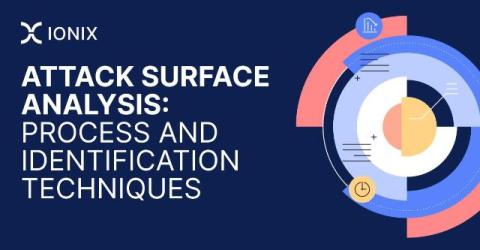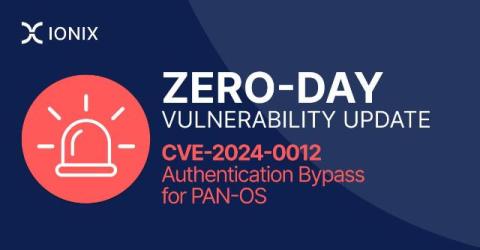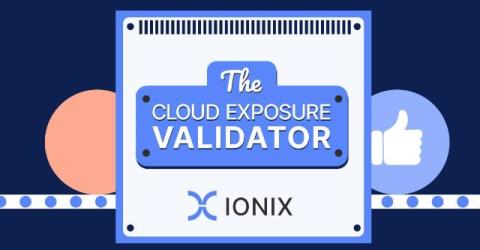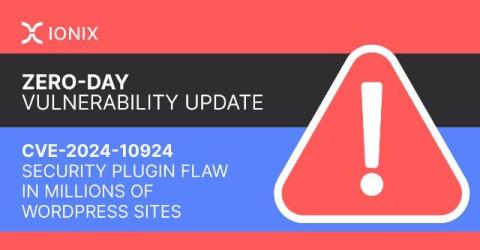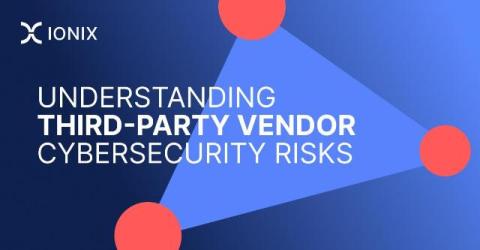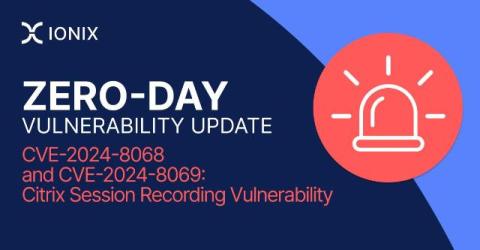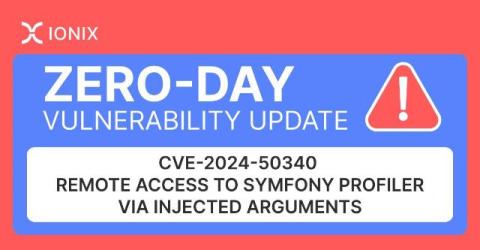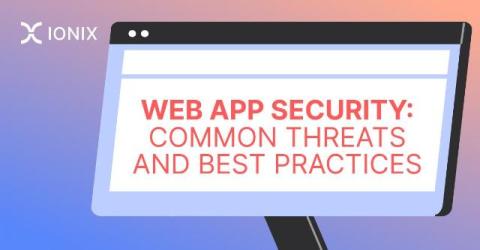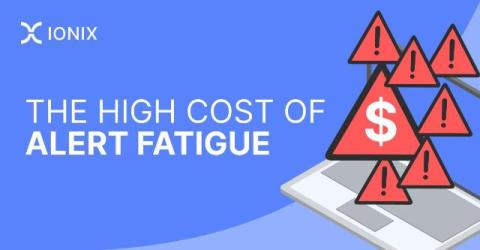The Complete Guide to Attack Surface Analysis: From Mapping to Mitigation
Attack surface analysis is the process of mapping out an organization’s attack surfaces. These consist of the set of attack vectors that an attacker could use to target an organization. Organizations have both external and internal attack surfaces. An external attack surface includes all potential attack vectors that could be used to gain initial access to an organization’s environment from the public Internet.


